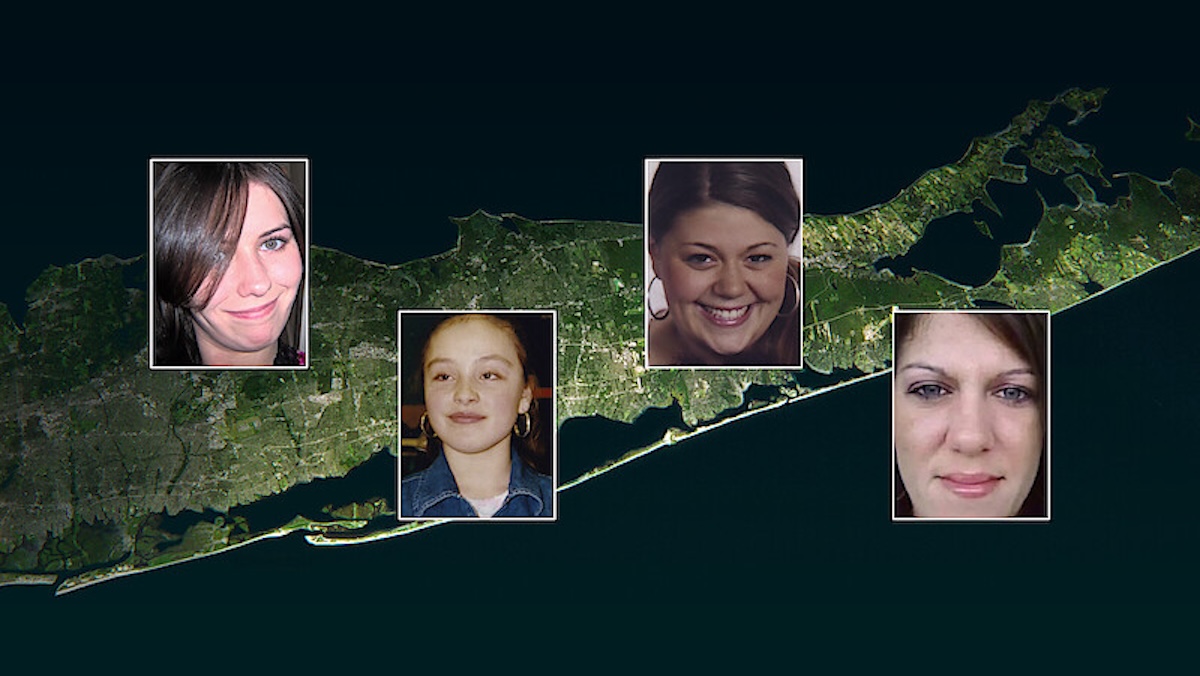
Watching true crime documentaries is, as I’ve learned, part of the female experience. You can label the act an act of “girlhood” if you must but many women find themselves obsessed with true crime shows and stories. Why? It’s unfortunately necessary for our survival.
I’ve often watched a true crime story to understand how to pick up signs, what to avoid, and take in what has happened to other women to keep myself and other women safe. That’s the sad reality of the world we live in. While yes, male presenting individuals can also be a victim to the wrath of a serial killer, more often than not, it is those of us who present female that end up in a murder doc. And that’s what makes Gone Girls: The Long Island Serial Killer such a terrifying watch.
It isn’t glorifying a man who killed women for the thrill of it. It shows a system that continually let women down because they did not view the case as important enough. The Netflix documentary details the series of killings in the Long Island area that consisted, primarily, of sex workers in New York City and Philadelphia. The victims and their occupation made it so the police in Long Island did not give the case the attention it rightfully deserved.
While many of us are aware that it is scary to exist as a female presenting person in this world, seeing how those meant to “serve and protect” us allowed this man to run free is beyond upsetting. The lives of these victims were diminished in the eyes of those detectives in charge all because they didn’t want to be bothered looking into it.
Women had to finally speak up
One of the more moving parts of the documentary is also one of the more devastating parts. The mothers, sisters, and daughters of these victims were the people fighting to get answers. Some of these women died before they saw justice for their loved ones but they had to witness the police and authorities ignoring all the signs that a serial killer was on the lose. Instead, the police wanted to blame these victims for their profession.
It wasn’t until Geraldine Hart took over as commissioner after James Burke was forced out that the police began to take the case seriously. Imagine if the men in charge had looked into these murders. Maybe some of Rex Heuermann’s victims would have survived. Instead, those in charge ignored important signs and leads because these victims were not important enough in their eyes.
Seeing the women in their lives stand up for their loved ones and fight for justice was moving and upsetting at the same time. We shouldn’t have to fight to matter. The police of Long Island let these victims down and did so by brushing off the concerns of their family. But watching as all the women banded together, fought for the ones they lost, and were seeking justice gave me hope for all female presenting individuals.
(featured image: Netflix)
Have a tip we should know? [email protected]
















